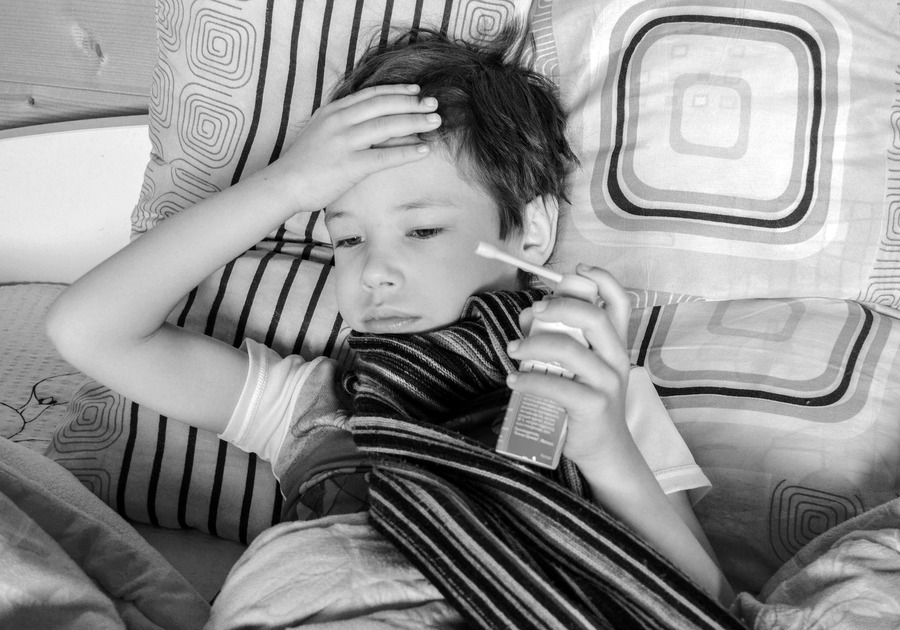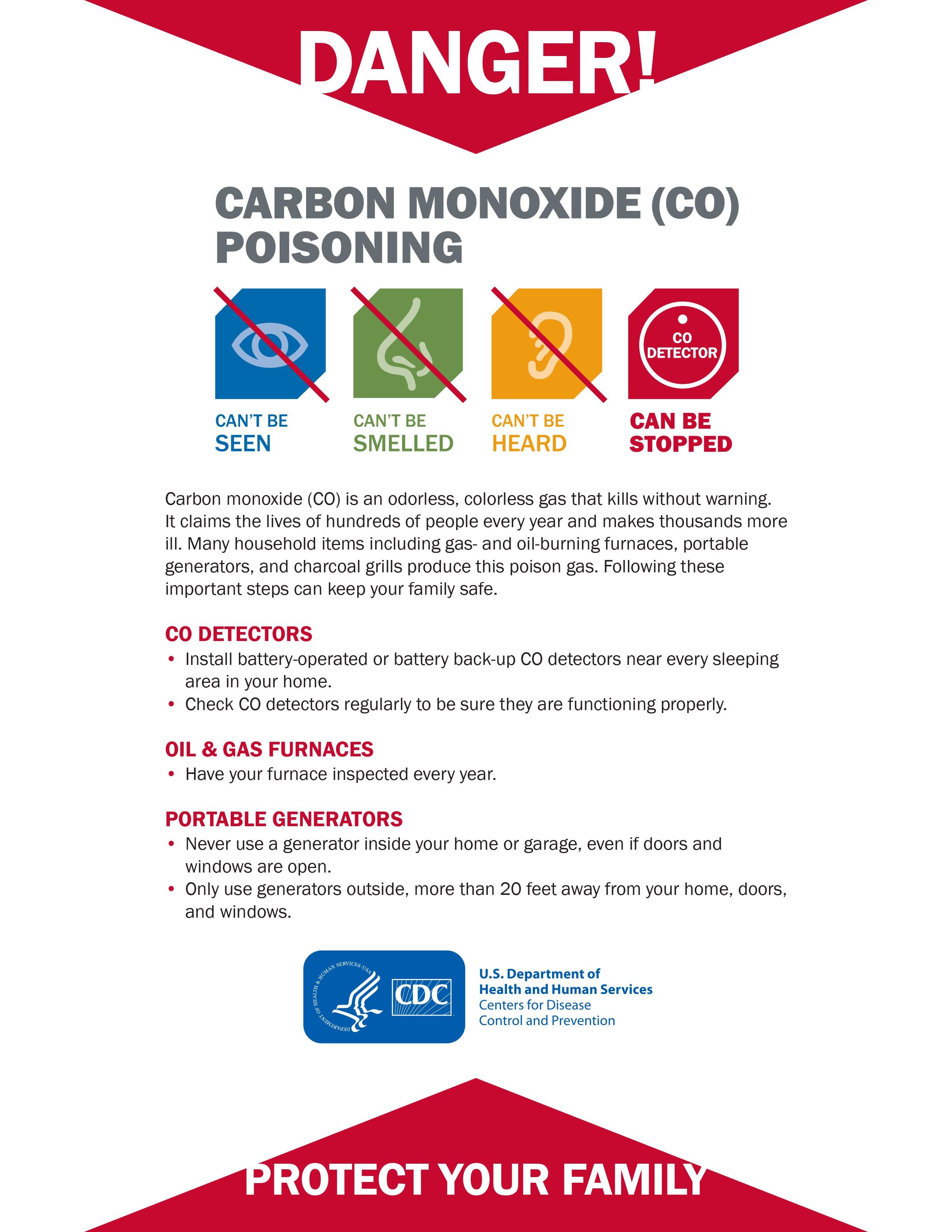Not feeling so great? With our busy lifestyles it can sometimes be hard to tell if you haven’t gotten enough sleep, you’re coming down with a cold, or maybe the flu … but it could be something else – Carbon monoxide (CO).
CO is colorless and odorless and easily goes undetected. According to the CDC the signs of carbon monoxide poison include headaches, dizziness, nausea, vomiting, irregular breathing or feeling ill. Breathing in too much CO could case you to pass out or die. Infants, elderly and those who are intoxicated are at higher risk of CO poisoning.
What do you have in your home that could produce CO?
- Vehicles
- Generators
- Stoves / ovens
- Lanterns
- Grills
- Fireplaces
- Gas ranges
- Furnaces
- Hot water heater
The easiest way to prevent CO poisoning is to purchase a Carbon Monoxide detector – they look and install just like a smoke detector (some actually do both). You will want to place one on each floor of your home. Also like your smoke detectors, you should check the batteries every 6 months, and replace the detector after about 5 years.
Additionally, you should be aware of what CO producing items you have in and around your home and have them inspected regularly. Appliances are vented properly and chimneys are cleaned annually. Be sure that you never run your generator, burn charcoal or use portable gas stoves inside your home. As a reminder, never leave a vehicle running inside the garage without opening the door.
If your CO detector alerts or you think that you are experiencing Carbon Monoxide poisoning, leave the building if possible to get to fresh air and call 911 or head to your nearest emergency room. Do not return to the building until the source of CO has been located and turned off.




